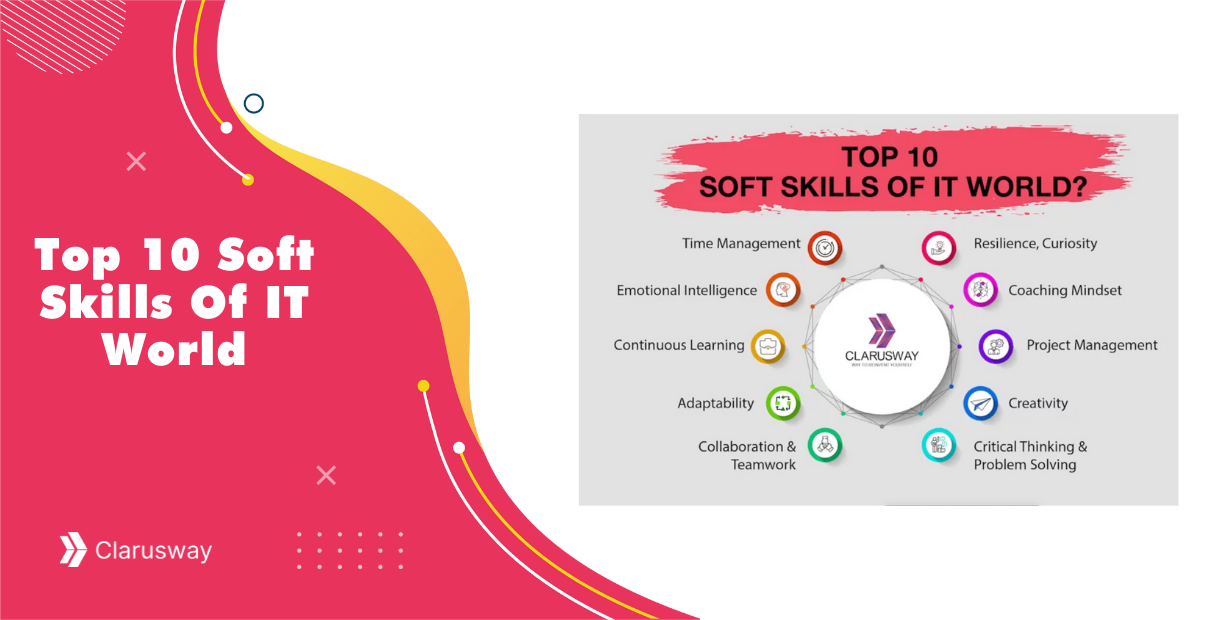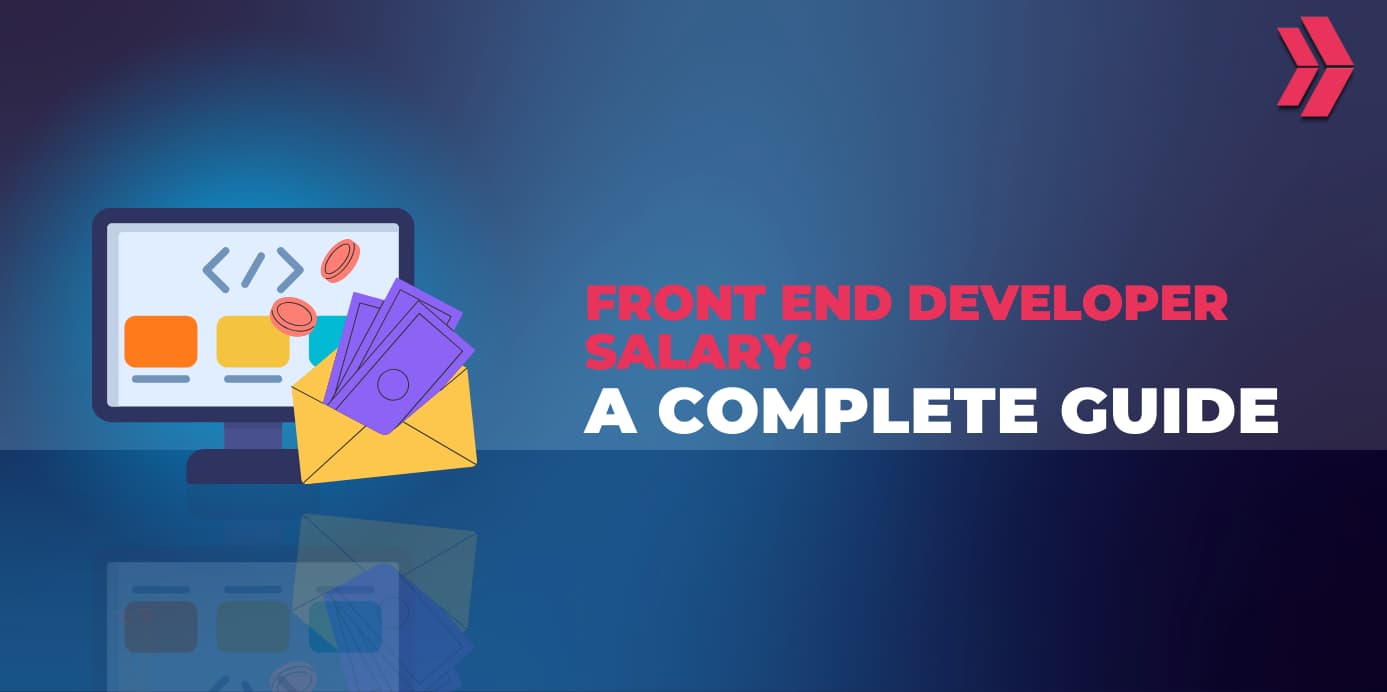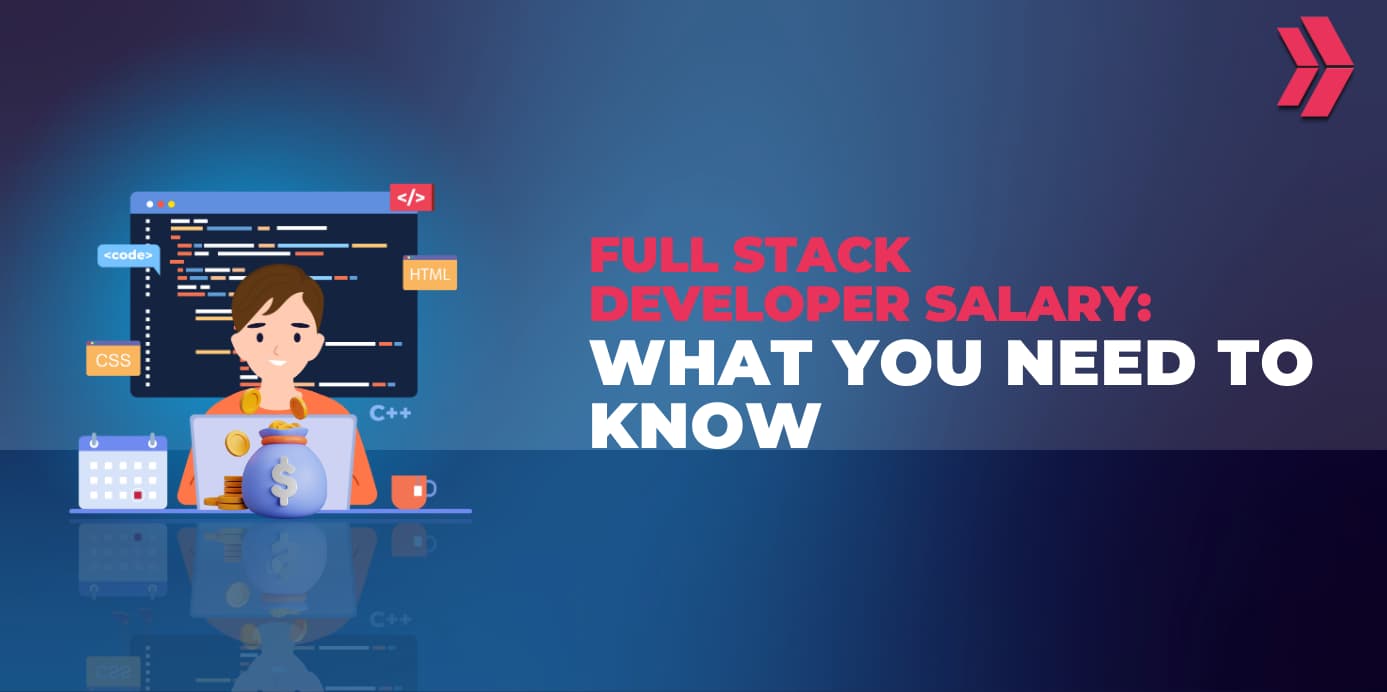Interested in how websites and web applications come to life? Want to understand both the user interface (frontend) and the behind-the-scenes workings (backend)? This guide provides a clear overview of full stack development, a field combining these crucial aspects.
The demand for these skills is high: the U.S. Bureau of Labor Statistics projects a 13% growth in web developer jobs (including full-stack roles) from 2020 to 2030, significantly faster than average. With JavaScript leading as the most popular language (62% according to Stack Overflow’s 2024 survey), learning the fundamentals of both frontend and backend is key. This resource prepares you to navigate the world of fullstack development and begin your journey in this in-demand career.
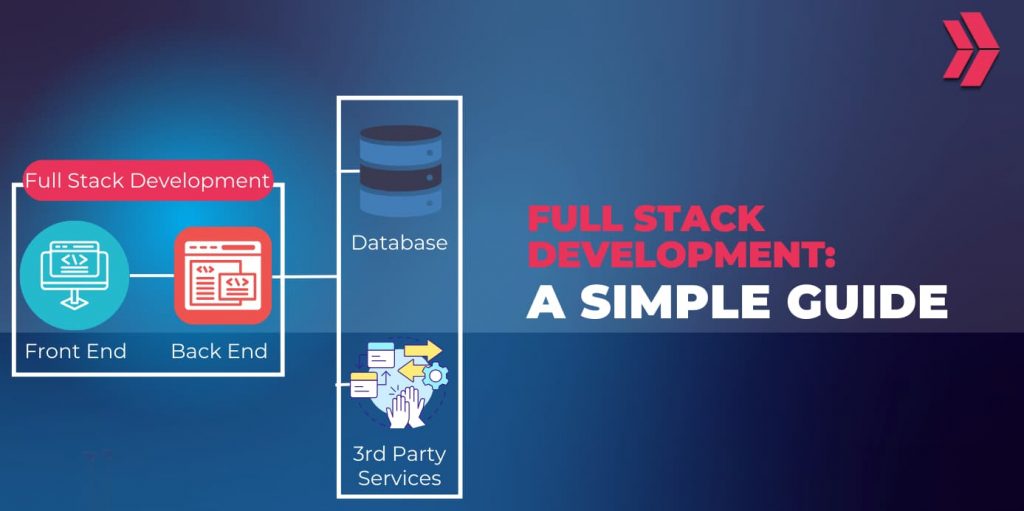
What is Full Stack Development?
Full stack development is a type of web development that combines front-end and back-end programming. It involves managing all layers of an application, including the user interface, server logic, and database management, to create a seamless and functional system.
What is Front-End Development?
The front end is the part of the application that users see and interact with. It includes elements like buttons, forms, and layouts. Front-end developers use tools like:
- HTML for creating the structure of web pages.
- CSS for adding styles and visual designs.
- JavaScript for making web pages interactive.
Frameworks such as React, Angular, and Vue.js help developers build responsive and dynamic interfaces.
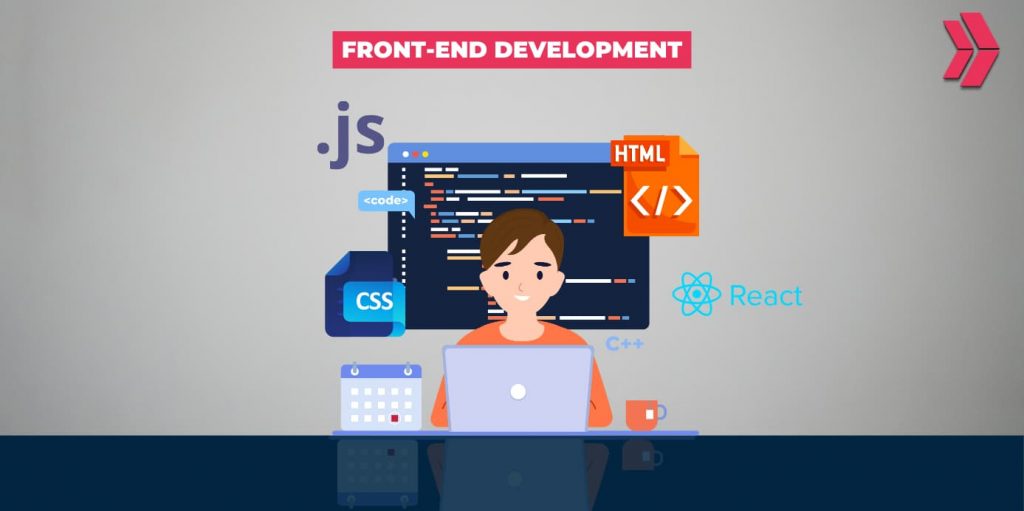
What is Back-End Development?
The back end refers to the server side of the application. It processes requests, stores data, and ensures the application functions smoothly. Back-end developers use programming languages like:
- Python (with frameworks like Django or Flask)
- Java (with frameworks like Spring)
- JavaScript (with Node.js)
They also work with databases such as MySQL, PostgreSQL, or MongoDB to store and retrieve data.
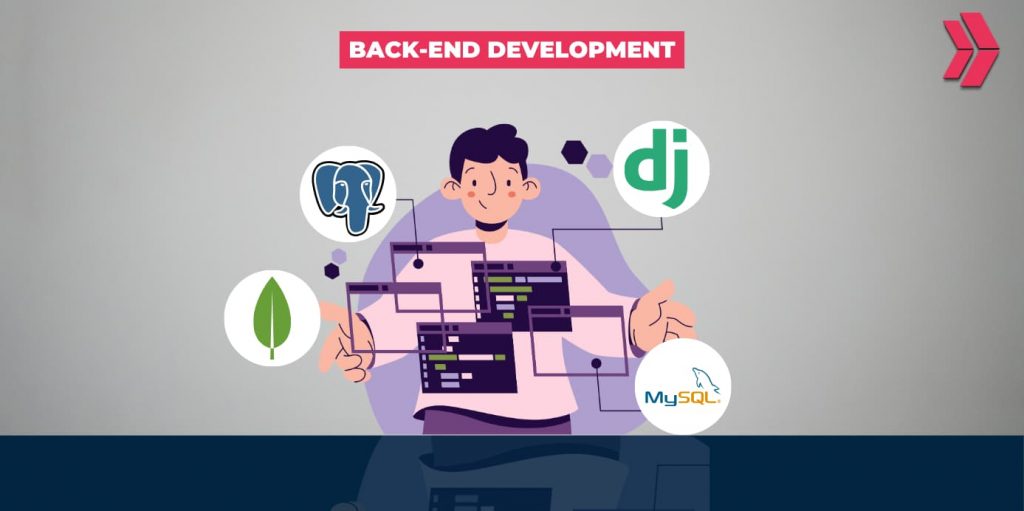
What Technologies and Tools Are Used in Full Stack Development?
- Front-End: HTML5, CSS3, JavaScript, and frameworks like React, Angular, and Vue.js.
- Back-End: Python, PHP, Ruby, Java, and frameworks like Django, Laravel, and Node.js.
- Databases: MySQL, PostgreSQL, MongoDB.
- Tools: Git for version control, GitHub for collaboration, and IDEs like VS Code for coding.
What are the Popular Full Stack Development Stacks?
Frameworks offer pre-built components and tools. They simplify the development process. Common full stack frameworks include:
- MERN Stack: MongoDB, Express.js, React, Node.js. This JavaScript-based stack is popular for modern web applications.
- MEAN Stack: MongoDB, Express.js, AngularJS, Node.js. This is another JavaScript-based option.
- LAMP Stack: Linux, Apache, MySQL, PHP. This is a classic open-source stack.
Why Choose a Career in Full Stack Development?
Here are some key reasons why it’s an attractive career path:
- High Demand:
- Full stack developers are needed in industries like e-commerce, finance, and healthcare.
- Roles include Web Developer, Software Engineer, Technical Lead, and Product Developer.
- Competitive Salaries:
- Due to their broad skill set and ability to take on diverse roles, full stack developers often command higher salaries than their counterparts in specialized positions.
- Versatility:
- Developers handle diverse tasks, making them adaptable and valuable.
- Career Flexibility:
- Full stack skills allow progression into specialized roles, leadership, or entrepreneurship.
How Much Can You Earn as a Full Stack Developer?
Full stack developers earn competitive salaries, typically ranging from $93K to $167K per year, in 2024. Full stack developer salaries vary depending on experience, location and industry.
How Can You Start Your Full Stack Development Journey?
Starting a full stack development journey requires a clear plan and systematic learning approach. Here’s how you can begin your path to becoming a full stack developer:
- Learn the fundamentals: You need to start with HTML and CSS basics, then learn JavaScript fundamentals. Understanding how the internet works and studying basic computer science concepts create a strong foundation. These core skills will support all your future learning.
- Follow a structured learning path: Mastering one technology at a time, building projects while learning, joining online coding communities, and practicing coding daily will help you progress steadily. This structured approach prevents overwhelm and builds solid knowledge.
- Use quality learning resources: Take online courses, read programming documentation, watch video tutorials, join coding bootcamps, and practice on coding platforms. These diverse learning methods will give you a well-rounded understanding of development concepts.
- Build a project portfolio: Create personal projects, clone popular websites, build real-world applications, add projects to GitHub, and document your work. Your portfolio demonstrates your abilities to potential employers and clients.
- Get practical experience: Find internship opportunities, contribute to open source projects, take freelance projects, and build applications for local businesses. Real-world experience helps you apply your knowledge and learn industry practices.
- Join developer communities: Participate in coding forums, attend tech meetups, join developer Discord servers, and follow developers on social media. Community involvement keeps you updated with industry trends and provides support during your learning journey.
Remember that becoming a full stack developer takes time and dedication. Focus on understanding concepts deeply rather than rushing through topics by enrolling in a full stack development course.
How Long Does It Take to Become a Full Stack Developer?
Becoming proficient in full stack development typically takes 6–12 months of focused study, depending on prior experience. Bootcamps and online courses can speed up the learning process, helping you achieve your goal of becoming a full stack developer.
How Can You Choose the Best IT Bootcamp for Full Stack Development?
Good bootcamps offer:
- Hands-on projects
- Industry-current technologies
- Expert instructors
- Career support
- Flexible learning options
Look for programs with high job placement rates and positive student reviews. Programs that cover both front-end and back-end technologies comprehensively are ideal, especially those that provide a full stack developer certification.
What Is the Future of Full Stack Development?
Full stack development will grow with new technologies. Key trends include:
- Progressive Web Apps (PWA)
- Artificial Intelligence integration
- Serverless Architecture Growth
- Cross-Platform Development Priority
- WebAssembly Adoption
- Edge Computing Integration
These advancements will continue to redefine the future of full stack development, making it more dynamic and innovative than ever before.

